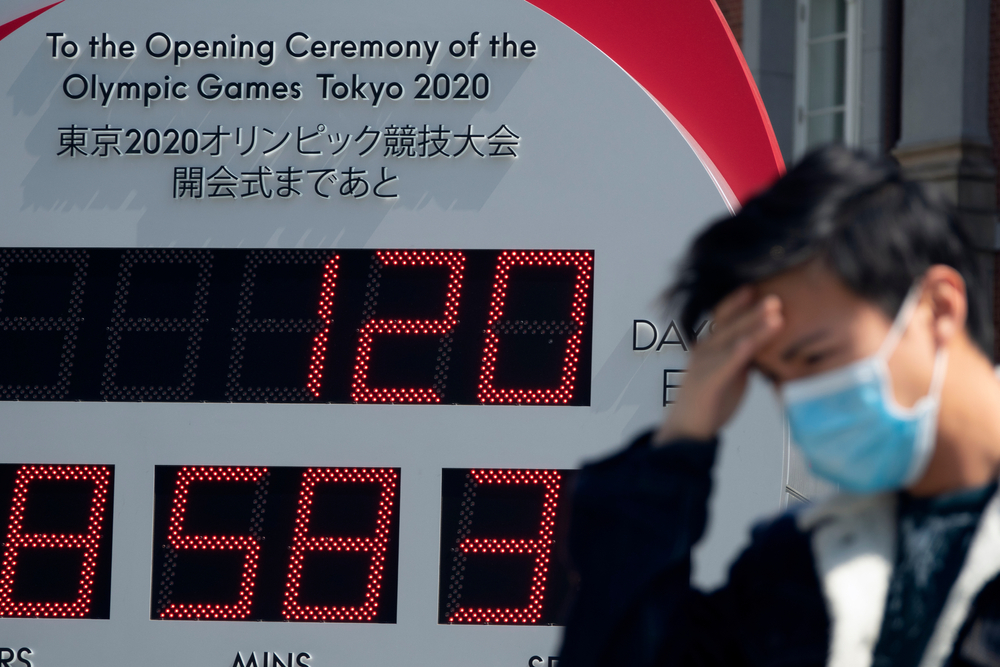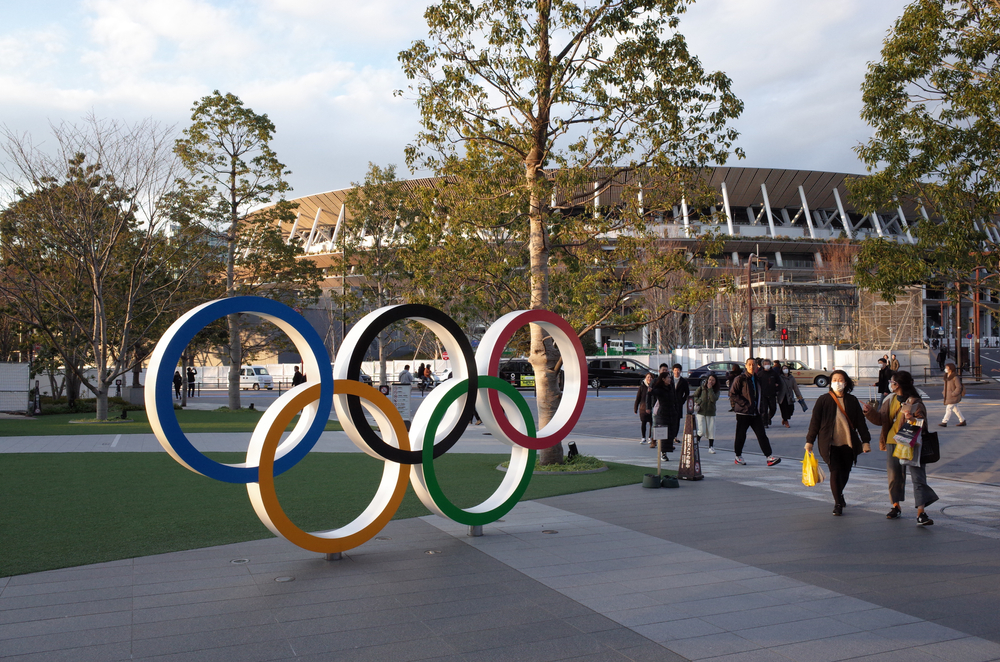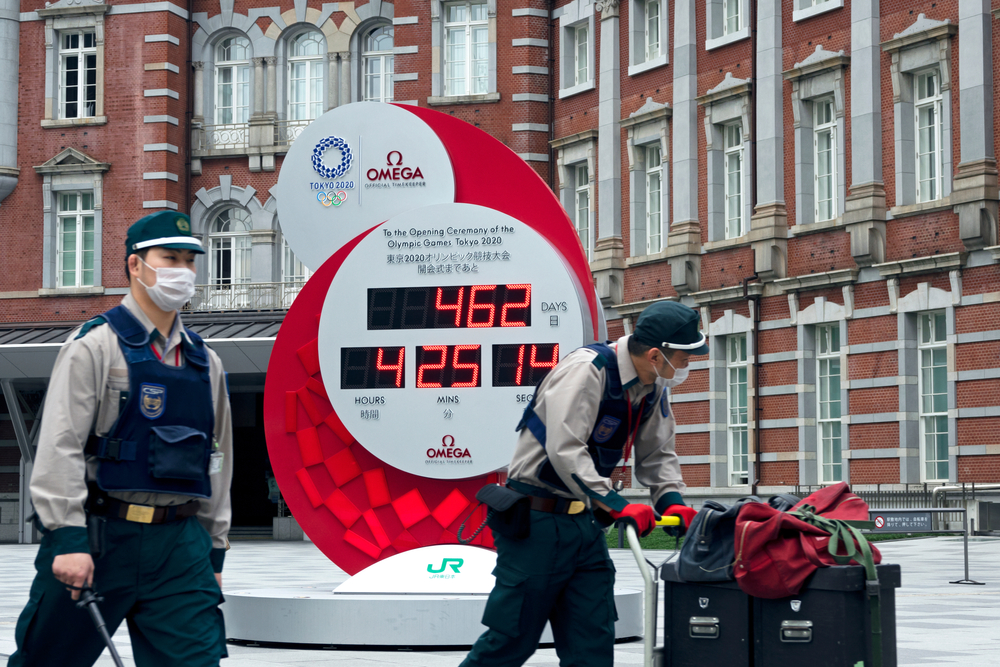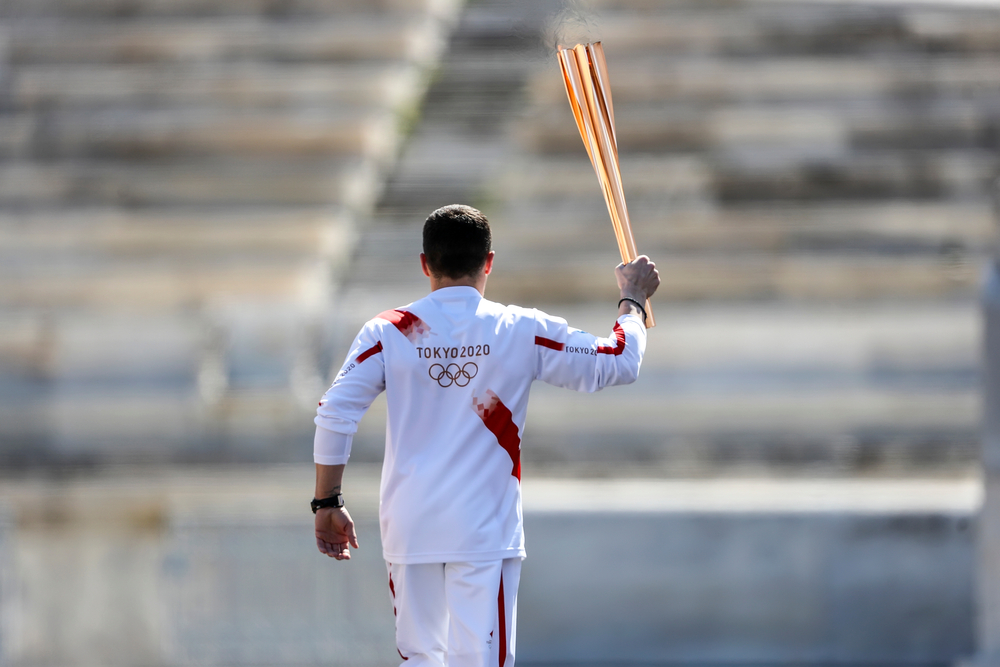“A symbol of global solidarity”. The words Prime Minister Yoshihide Suga used to describe the 2020 Olympics, set to take place in July and August this year. “A symbol of false hope”, however, may be more apt, as the worst kept secret in sport has been confirmed: no overseas spectators will be welcomed to Tokyo 2020.
The writing has clearly been on the wall for some time. As Tokyo and surrounding prefectures entered a second Covid-19-enforced state of emergency in early January to combat rising caseloads and a strained healthcare system, a full-capacity Olympics six months hence seemed naught but a fairy tale. Likewise, with the rest of the developed world rolling out aggressive – and largely successful – vaccination campaigns, Japan’s lackluster program, stymied by sketchy public perception and regulatory hurdles, came under international scrutiny. For purposes of thematic continuity, if vaccinating the population was a marathon, Japan would still be at the starting gun struggling with its shoelaces.
But then again, the Olympic rhetoric has been a continued exercise in toeing the positive party line, while the rest of the world looks on with raised eyebrows. Then Prime Minister Shinzo Abe and the recently-scandalized former Japan Olympic Committee (JOC) chief, Yoshihiro Mori, were adamant on the Games taking place as planned in summer 2020, until they finally seemed to register a super-spreading pandemic was waging war on the global population in late March. Thomas Bach, head of the International Olympic Committee (IOC), was “very confident” spectators would pack out the Olympic arenas as recently as November, harboring hopes of vaccinating all fans before their arrival to Japan.
We now know, if spectators are permitted entry to the Games at all, they won’t be coming from abroad. One question answered, a handful more posed: Can Japan recoup any of the heavily mounting costs? What does the new Tokyo 2020 look like? And at this juncture, are the ill-fated Olympic Games still worth holding?
The Heavy Cost of Tokyo 2020
The “safe pair of hands” moniker Tokyo used in its bid to host the 2020 Games, has begun to look more like jest as the event has drawn closer (then further, then closer again). The first of the big blunders came two years ago when Tsunekazu Takeda, former head of the JOC, stepped down in light of bribery allegations in which he was accused of buying votes from IOC board members during the 2013 bid campaign.
At that time, the Games were also estimated to cost $7.3 billion – already higher than the average cost of hosting the Summer Olympics between 1960 and 2016 (a mere $5/6 billion depending on the source of reference). Official audits put the Tokyo 2020 total closer to $30 billion, with the postponement throwing in another $2.8 billion and counting. The final tally will surpass the national GDP of individual countries like Mongolia, Estonia, and Sudan, or of Fiji and Papua New Guinea combined.
Katsuhiro Miyamoto, professor emeritus of theoretical economics at Kansai University, estimated $15 billion would be lost as a result of banning foreign-based fans and reducing stadium capacities by half. This is the damage-limitation figure: losses could spike to $23 billion in the event of a zero-spectator Olympics. Of the 7.8 million tickets sold, 20% are occupied by international spectators, meaning hotel occupancy rates across Tokyo – which plunged by 60-70% over the past year – are in for another comparatively vacant summer.
And then there’s the August heat. Tokyo is a blazing, sweat-choked furnace throughout the entire month – one step out the door and my clothes stick to me like clingfilm on a cream bun. Yet the 2013 bid materials suggested the timing was ‘ideal for athletes to perform at their best’ – I’d wager only those whose sports permit a dip in the water would agree (Tokyo Bay’s questionable odor notwithstanding). One wonders why no one in the IOC bothered to check their weather apps before taking the conditions at face value. Unbelievably – or perhaps true to form – it took six years for common sense to prevail when the organizers agreed to move the marathon and race-walking events to Hokkaido, a short 500-mile skip to the north.
And though I’m sure you don’t need reminding, the public relations circus has continued in 2021 with Yoshiro Mori and the Olympic Games creative director, Hiroshi Sasaki, both resigning after disparaging comments – the former’s concerning all women, the latter’s concerning the now-notorious jibe ‘Olympig’.
With Covid-19 far from a footnote in history and the costs – both financial and reputational – invariably rising like the fabled Japanese sun, it’s little wonder 80% of residents (according to a recent Kyodo News poll) are in favor of postponing or outright canceling the Olympics.
A “Safe and Secure” Tokyo 2020
When the Five Parties – the Puzo-sounding syndicate of Olympic Committees – is summoned together, decisions are made with views to delivering “a safe and secure” Games, as we’re forever told. Recent reports noted that telecommunications giant NTT had been assigned $67 million in taxpayer money to create a tracking app to help prevent the spread of Covid-19 during the Games – 20 times more expensive than the previous (and much-maligned) tracking app COCOA.
Slightly less costly was the development of the Olympic Playbooks, covering athletes, family members, press, broadcasters, international federations, and marketing partners, respectively. The playbooks outline the accepted safe behaviors by the aforementioned groups, from basic “Wash your hands” and “Wear a face mask at all times” to the more austere forbiddance of chanting and singing. Other rules – “Prepare a list of all the people you expect to have close contact with during your time in Japan”, for example – are virtually impossible to adhere to.
What Does Tokyo 2020 Look Like in 2021?
To get a flavor of what’s to come, I tuned into the Olympic Torch Relay’s opening ceremony on Thursday morning – a rather drab affair, I must admit – where politicians and persons-in-charge said little of import to a few dozen socially-distanced men in masks and identical suits at a training center in Fukushima. The superficial pomp of a marching band and an impressive taiko drum performance during the pre-ceremony did little to create the illusion that this was just another Olympics. Maybe it’s the facemasks, but everyone in attendance seemed to be looking over the near-empty facility with forlorn and searching eyes – as though someone might appear from thin air with timely solutions to the raft of problems plaguing Tokyo 2020.
When Azusa Iwashimizu, a member of Japan’s 2011 women’s soccer world cup winning team, jogged from the arena, Olympic flame aloft, it essentially signified the beginning of the Games – too late to turn back now. But the arguments in favor of it are largely arguments of the heart: do it for the athletes who have one last shot at sporting immortality, or for the unifying effects of healthy international competition in a world of growing political divides.
When weighed up against the economic and practical realities of a scaled-back Olympics overshadowed by the ubiquitous presence of Covid-19, it becomes a harder cause to fight for. Whatever happens, Japan will soldier on, as is the old bushido way. But Tokyo 2020 will likely be remembered for what it once promised, rather than what it was ultimately able to deliver.












